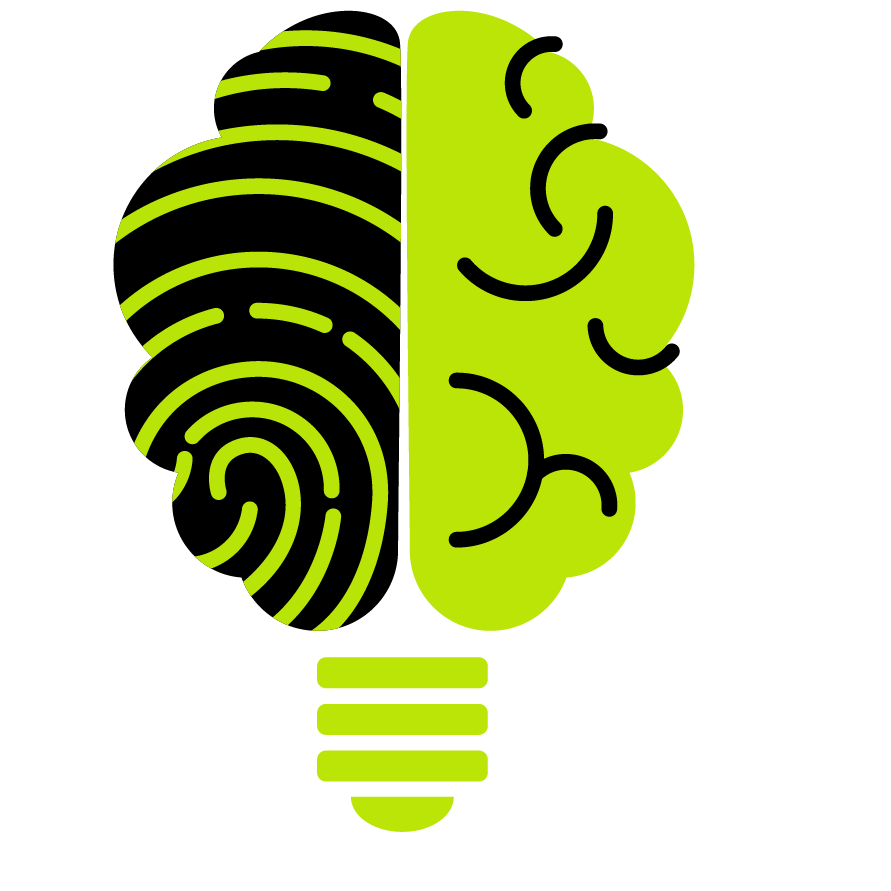Light pollution is an excessive & unnecessary use of artificial light, that replaced natural light at night and led to the loss of darkness. Urbanization and the growth of the cities lead to the increase of artificial light, making the light pollution “one of the fastest-growing and most pervasive forms of environmental pollution”, according to many researchers and environmentalists (Chepesiuk, “Missing the Dark”). Light pollution has a dramatic impact on the environment, ecosystems and its inhabitants. Many migratory animals, plants as well as humans suffer from it because it negatively affects their biological rhythms, routines and overall welfare.
TYPES OF
LIGHT POLLUTION
______
Glare
- “Created by light that shines horizontally” (Chepesiuk, p. 22).
- Road lamps, commercial security lights and signs.
Light Trespass
“When unwanted artificial light from… a streetlight spills onto an adjacent property, lightning an area that would otherwise be dark” (Chepesiuk, p. 22).
SKY GLOW
- “Bright halo that appears over urban areas at night, a product
of light being (emitted directly into the sky or reflected from the ground/ buildings) and is scattered by water droplets (molecules)…
in the air”, caused by city artificial light sources (Chepesiuk, p. 22).
- Makes sky yellow or other colour and obscures naked-eye
- Makes sky yellow or other colour and obscures naked-eye
from gazing stars and the Milky Way, “even from a greater distance” (David Crawford).
- “Upward-directed light emanating from poorly designed or directed lamps and security floodlights” (Britannica Academic).
- “Upward-directed light emanating from poorly designed or directed lamps and security floodlights” (Britannica Academic).
Uplight
“Light that goes directly up into the night sky, is lost into space, and serves no useful purpose” (David Crawford).
Overillumination
“Use of artificial light well beyond what is required for a specific activity, such as keeping the lights on all night in an empty office building” (Chepesiuk, p. 22).
CLUTTER
"Bright, confusing, and excessive groupings of light sources, commonly found in over-lit urban areas. The proliferation of clutter contributes to urban sky glow, trespass, and glare" (IDA).
